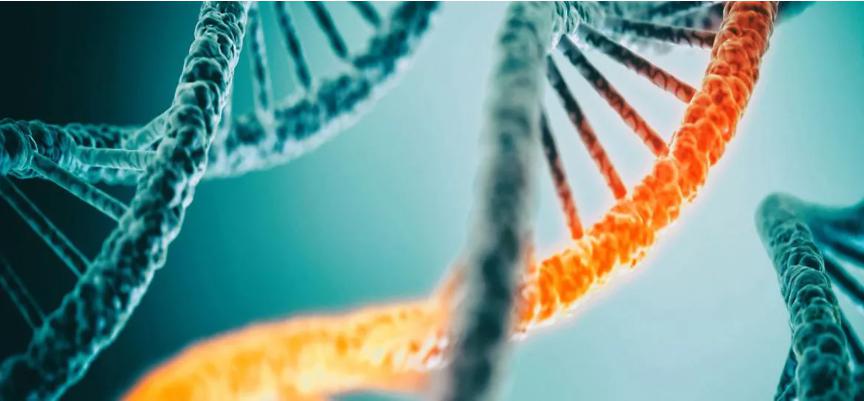Introduction on PCR
In 1971, Kleppe et al. published an article in the Journal of molecular biology,accurately, concisely, and objectively describing the PCR method for the first time. In 1976,the use of a thermostable DNA polymerase isolated from Thermus aquaticus greatly increased the efficiency of PCR. The PCR which developed nowadays is derived from a paper published in Science by Saiki and Mullis et al. in 1988. PCR technology is an important cornerstone supporting the development of modern molecular biology. The wide application of this technology has given birth to a huge market.
PCR technology is a molecular biology technology used to magnify and amplify specific DNA fragments. It can be regarded as a special DNA replication in vitro. What Commonly used in the market at present are ordinary PCR instrument, gradient PCR instrument, in situ PCR Instrument, fluorescence quantitative PCR instrument (qPCR) and digital PCR instrument (dPCR), etc. The most used ones are gradient PCR machines and fluorescent quantitative PCR machines.
Introduction on how to choose a suitable gradient PCR instrument is as followed.
Purchase suggestions about PCR
Accurate temperature control system
For the PCR instrument, the temperature control index mainly refers to temperature accuracy and uniformity, and temperature rise and fall speed.
The accuracy of temperature
It refers to the consistency of the sample hole temperature and the set temperature, which is directly related to the success or failure of the experiment. Because PCR is a geometric amplification process, whether it is denaturation, annealing or extension, it is necessary to accurately control the temperature. The temperature control is particularly important for the annealing temperature. Sometimes the difference of 1° or even 0.5° can also determine the success and failure of the experiment. Therefore, temperature control means quality for a PCR thermal cycler. For example, the temperature accuracy of is strictly controlled at ≤0.1℃.
Temperature uniformity
It refers to the temperature difference between sample wells, which is related to the consistency of reaction results in different sample wells. Some users have found that when using the same sample and the same PCR reaction program, the difference of final results is very obvious, perhaps because of the uneven temperature at different locations. At the same time, the positional edge effect has a very obvious influence on the repeatability of the PCR experiment. For example, the temperature uniformity of is strictly controlled in a single row ≤0.2℃
Temperature rise and fall rate
faster heating and cooling speed can shorten the reaction time, and shorten the possible non-specific combination and reaction time, which can improve the specificity of the PCR reaction. For example, PCR instrument is equipped with a gold-plated module with a temperature rise and fall speed of up to 5℃.
Functionality and humanized design of PCR instrument
The more user-friendly operation interface, perfect function and humanized design, the more attractive to users are. (Hot lid, sample holder and software)
Hot lid
Current PCR machines are generally equipped with a hot lid. The temperature of the hot lid is set to 105°C, so that the temperature at the top of the sample tube can reach about 105°C and the evaporated reaction liquid will not agglomerate on the tube lid and change the reaction volume. In this way, the user does not need to add paraffin oil to the reaction tube, which directly reduces the trouble of subsequent reactions. The temperature of hot lid ranges from 20 to 110℃.
Sample holder
PCR reactions are mostly carried out in 0.2 or 0.5 tubes, and most PCR machines are also equipped with different replaceable sample slots to adapt to different sample tubes. PCR instrument has two different sample holes, 0.2 and 0.5, in one sample tank. Two different reaction tubes or 96-well plates can be used without changing the base, which can avoid the trouble of changing the base.
Software
New PCR machines pay more attention to the ease of programming. Large screen, the display of real-time information, countdown, memory and storage of multiple programs, automatic power-off protection, etc., all contribute to the use under complex environments in the laboratory. Thermal Cycler PCR instruments are equipped with PC-side software based on the Windows operating system, which can realize intelligent control.
The temperature range of ce hot lid is 20-110℃.
Conclusio
With the development of biotechnology, PCR instruments have been developed into general-purpose laboratory instruments, so manufacturers have sprung up, and it is tiring just to compare parameters. Moreover, PCR machine runs almost 24 hours a day in the laboratory. Therefore, it is especially important to buy a reliable PCR instrument.


